Cats are known for their fast and sleek movements, stylish looks and especially for their incredible physical strengths. There is one that is probably the most widely known and it is the fact that cats always land on their feet when they fall. This notion has been around for many years and has been part of the culture that is associated with cats. Is this, however, true? And what makes cats such great jumpers and why do they always land safely from great heights?
The Righting Reflex: The Key to – They are able to find their balance and stand up right on their feet.
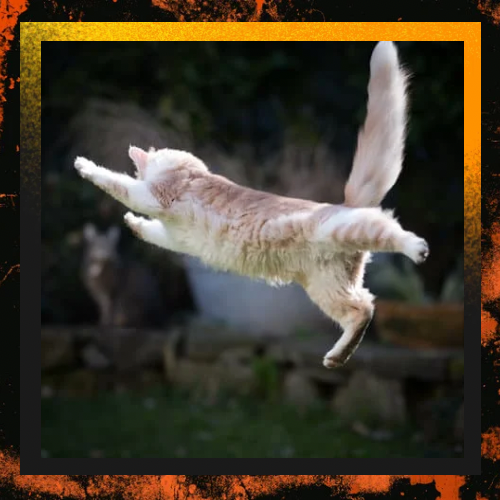
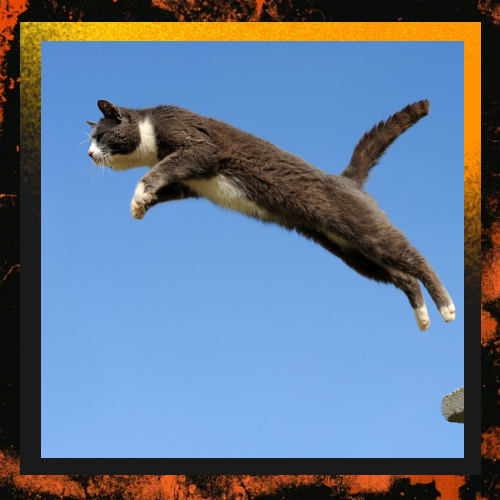
It is not just a urban legend that when a cat falls from a height it turns upside down and tries to make sure that it lands on its feet. It has a very strong ‘righting reflex’ which enables it to twist and turn mid-air and place its feet beneath it. This reflex starts being formed when the kittens are a few weeks old and is present throughout the entire their life.
The righting reflex is a result of having a flexible spine, the absence of a functional collarbone and the balance that cats have. It is also an ability that is evident in cats; they can turn their bodies by 180 degrees without having to move their head much hence enabling them to change direction during a fall. It also has the ability of placing its legs apart in a way that it will act like a brake to reduce the chances of getting injured when falling.
Does It Always Work?
Though it is quite common for a cat to land on its feet it is not always 100% guaranteed. The height from which a cat jumps also determines how well it will be able to recover and balance itself. In order to twist and turn during a free fall, the cat requires some time. If they fall from a small table or the back of a couch they may not have enough time to activate this reflex.
On the contrary, if the cat falls from a higher place it will have enough time to adjust and place itself in the right manner. Ironically, cats’ falls from higher floors result less injurious than falls from lower floors. This is widely known as the ‘high rise syndrome’. When cats are falling from greater heights the body tends to relax and the limbs are spread out widely to meet with the ground thus making the impact less damaging at times.
That is not to say that any fall is 100% safe though – it definitely is not. High falls can result to injuries such as broken bones or even an internal injury, especially if the ground is hard or irregular. And yet, cats have a way of landing on their feet despite the fact that they are by no means indestructible.
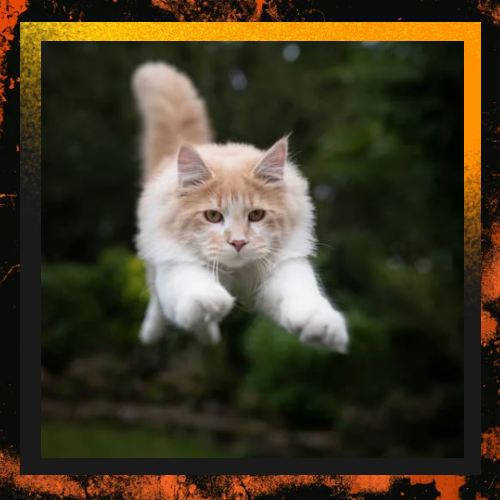
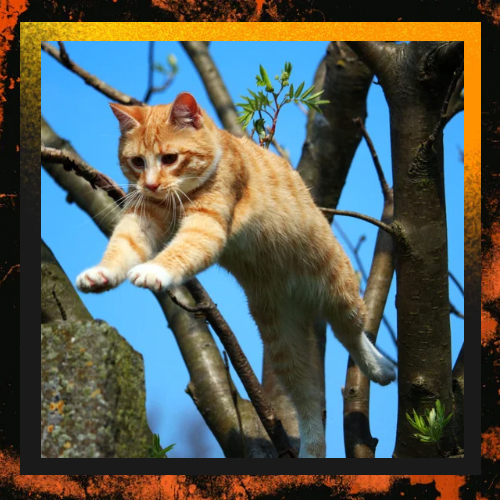
Some Interesting Facts About Cats’ Falling Abilities:
• Cats Have Been Recorded Falling from Great Heights and Surviving: The building from which a cat has been reported to have fallen and survived is as high as 32 stories. It is due to their ability to open their bodies and control their descent which however increases the chances of survival the more the height involved is.
• They Can Fall Asleep Mid-Fall: Every now and then, some cats have been known to ‘relax’ to a point of seeming to be sleeping mid-air. This flexibility may assist in minimizing injury as tension in the muscles can make an impact worse.
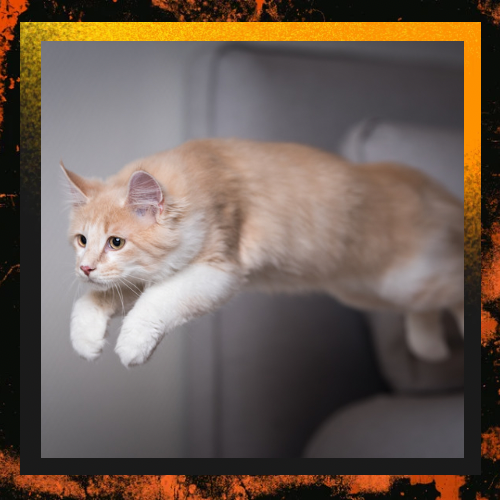
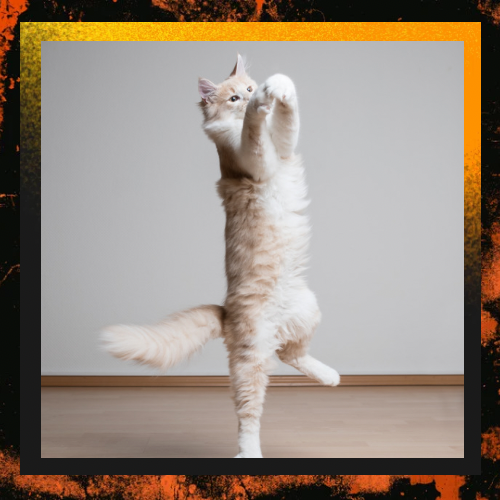
• Tail or No Tail, They Can Still Land: Cats use their tails for balancing and controlling their direction when they are walking or running. But even tailless cats, including the Manx breed, are able to perform righting reflex as proof that this reflex depends on the spine of the cat and not the tail.
• Cats aren’t the only ones that have this righting reflex: This type of reflex is also found in animals such as squirrels and some primates to help them survive a fall from a distance.
Busting the Myth: When Cats Don’t Land on Their Feet
Cats are famous for their abilities to land on their feet, but it is not always the case. There are many factors that can influence a cat’s ability to make a perfect landing:
1. Low to React: In some cases, the distance may be too short and the cats may not be able to catch their righting reflex. In such cases they can land on their sides or on their back which may lead to an injury.
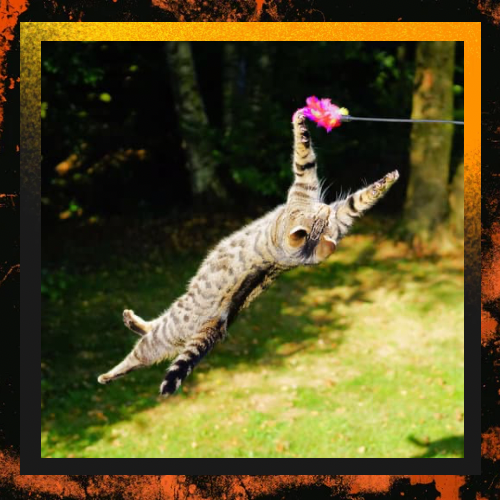
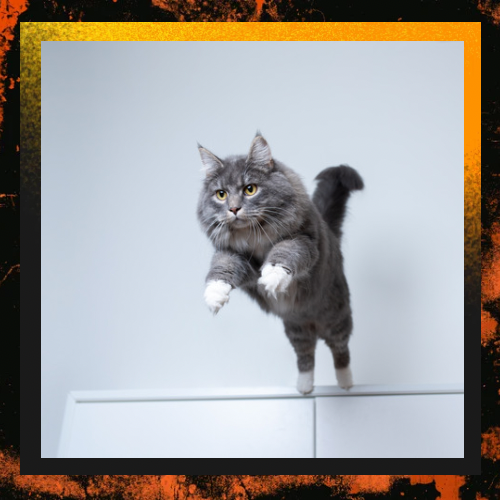
2. Health and Age: It has been noted that older cats or cats with injuries are not as active as the younger ones. Some of the diseases that may be encountered include arthritis or any other pain in the joints and muscles may prevent the cat from twisting around in the air hence falling could be dangerous.
3. Obstacles in the Way: If the cat falls and there is an obstacle in its way such as a wall or a piece of furniture the balance may be disrupted and the landing may be wrong.
4. Surface Matters: When jumping or falling of from a surface, landing on a grass or a carpeted area may help in minimizing the chances of getting a bruise. The falls on hard surfaces such as concrete are much more hazardous.
Safety Tips for Cat Owners
Since cats are gifted walkers of the roofs and get attracted to heights, there are several measures that can be taken to avoid accidents. Ensuring that windows and balconies are well closed or screened is one of the most important measures especially in high rise buildings. Providing good and solid shelves, cat trees and other structures that cats can climb in the house will also meet the cat’s curiosity without exposing it to falling from high places.
Another way is to ensure that the cats do not jump on to a flimsy table or an edge of a table that is unstable. Although they are very nimble, they can still make a mistake and get injured especially when falling from a height.
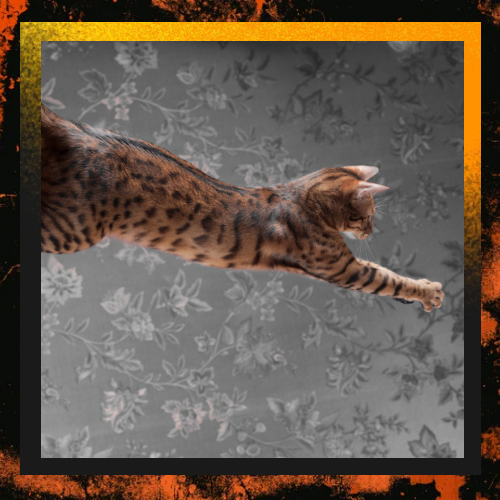
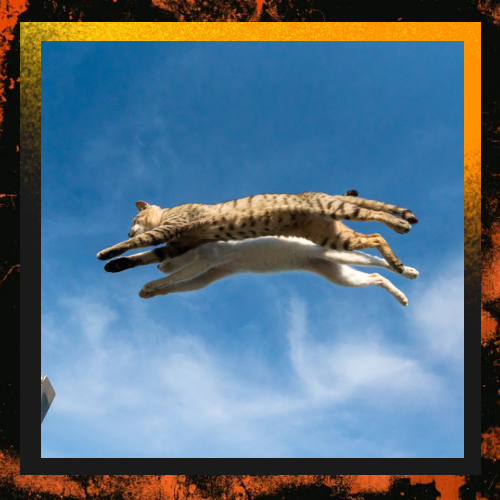
Some other myths related to cats falling from heights
• Cats have nine lives: This tradition is most often connected with the ability of cats to avoid death when falling from great heights. It is for the fact that cats are very agile and many a times they are able to save themselves, however the saying of nine lives is just a figure of speech.
• Cats Are Always Beautiful: It has to be admitted that cats are the epitome of beauty and grace, but even the most elegant feline can have an ungraceful moment. They can fail jumps or slip and though they always get up fast, they are not perfect.
Conclusion
This idea that cats always land on their feet is rather true although there are many myths surrounding it. Their righting reflex that they have is just excellent, and their physical structure also enables them to save themselves from falling from any height. However, there are some drawbacks to this and no cat is 100% proof against getting hurt. Knowing the aspects that define it will assist cat owners to ensure that their cats are safe while at the same time admiring the great talents of these animals.


References
• Leyhausen, Paul. “Cat Behavior: The Predatory and Social Behavior of Domestic and Wild Cats.” https://www.academia.edu/113793361/Cat_Behavior_The_Predatory_and_Social_Behavior_of_Domestic_and_Wild_Cats
• Turner, Dennis C., and Patrick Bateson, eds. “The Domestic Cat: The Biology of Its Behaviour.” https://www.scribd.com/document/653610259/The-Domestic-Cat-The-Biology-of-its-Behaviour-3rd-Edition




